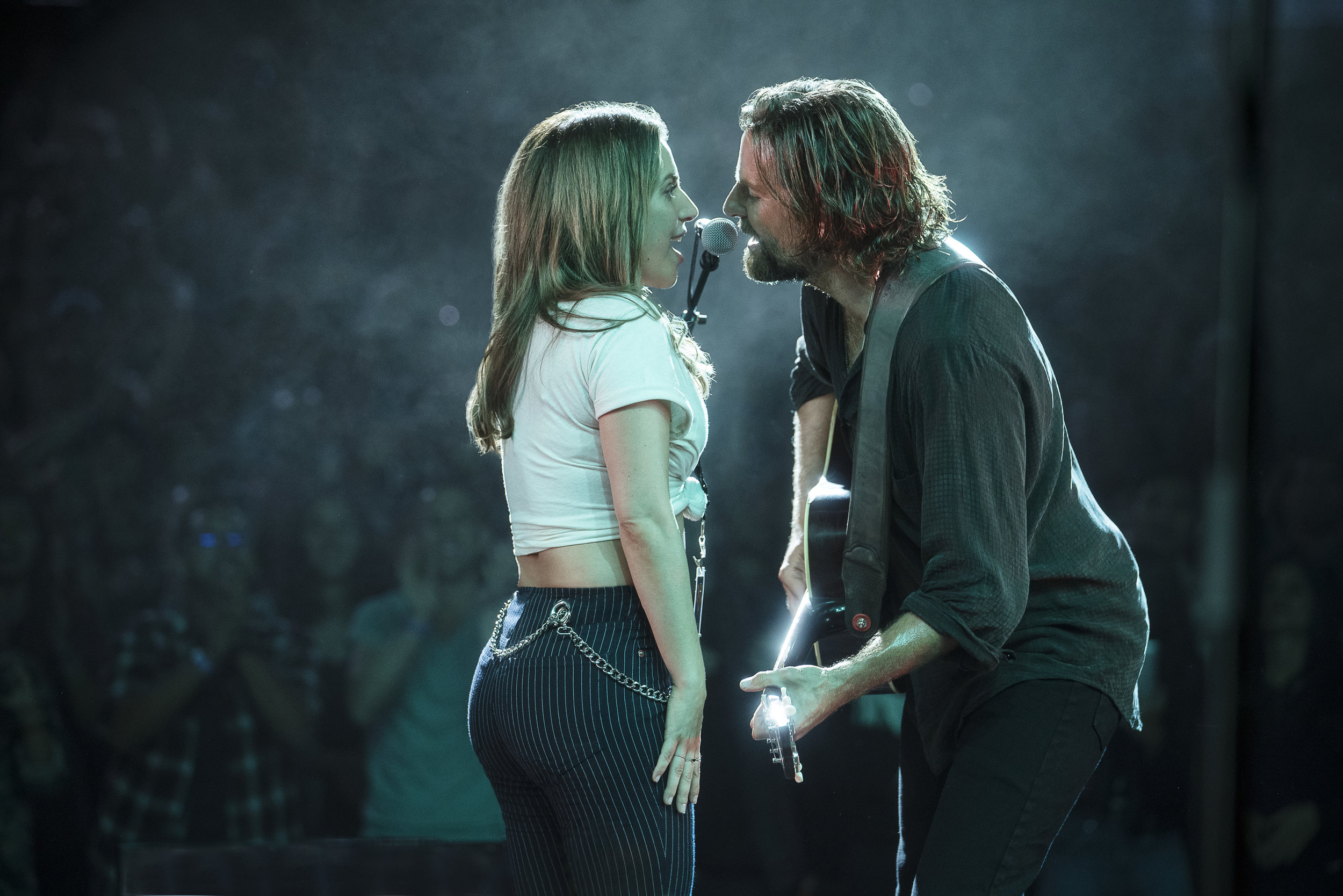'Free Solo'
Most of us lack that psychological quirk that compels us to do crazily dangerous things just because they are there to be done — which is why documentaries like “Free Solo” are so fascinating, because they give us a glimpse of that particular form of obsession, and the amazing things those few people achieve because of it.
Married filmmakers Jimmy Chin and Elizabeth Chai Vasarhelyi captured a group of such people in their last movie, the acclaimed “Meru,” in which a team of mountain climbers (including Chin) braved one of the most dangerous ascents in the Himalayas. Chin isn’t risking his life quite so much this time, but the subject he and Vasarhelyi profile definitely is.
At 33, Alex Honnold has climbed more big walls than most people can imagine. His specialty is the free-solo ascent, going up a rock wall with no ropes or other safety equipment. He relies on his fingers, his feet, and the bag of chalk on his belt to keep his hands dry as he seeks the slightest depression that he can use as a handhold or foothold.
A decade ago, Honnold first made a name for himself by free-soloing up the Moonlight Buttress at Utah’s Zion National Park. His favorite place, though, is Yosemite National Park in California, which presents some of the most challenging rock faces, including the Half Dome and the granddaddy of them all, El Capitan.
As the movie begins, no one has free-solo climbed then nearly 3,000-foot-high granite wall of El Capitan. Honnold aims to be the first. He parks his van, which is both his training vehicle and his home, and starts examining his possible route. He climbs it with ropes, so he can study every nook and cranny, and figure out which ones he can use to climb without ropes later. He consults with other climbers, like Tommy Caldwell and Peter Croft, about the pros and cons of each step.
Over the course of nearly two years, Chin and Vasarhelyi follow the ups and downs of Honnold’s preparations. In that time, two major distractions emerge. One is the film crew itself, which raises the pressure that Honnold might push himself when he’s not ready to go. The other is his new girlfriend, Sanni McCandless, whose presence shows Honnold for the first time what he might miss if he dies while climbing.
As with “Meru,” Chin and Vasarhelyi attain astonishing footage of Honnold that illustrate the dangers and sheer size of the rock wall. What’s more, they get into the such close-up detail, particularly of the six trickiest spots along his route up El Capitan, that we understand the dangers more intimately when Honnold encounters them for real.
The result is a documentary with the pacing and stakes of a thriller, a literal cliffhanger. It’s also a fascinating look into Honnold’s mind, and the million calculations that fuel his drive to turn risk into a manageable commodity.
——
‘Free Solo’
★★★1/2
Opened Sept. 28 in select cities; opens Friday, Oct. 19, at the Broadway Centre Cinemas (Salt Lake City), Megaplex Jordan Commons (Sandy) and Megaplex Geneva (Lehi). Rated PG-13 for brief strong language. Running time: 100 minutes.







